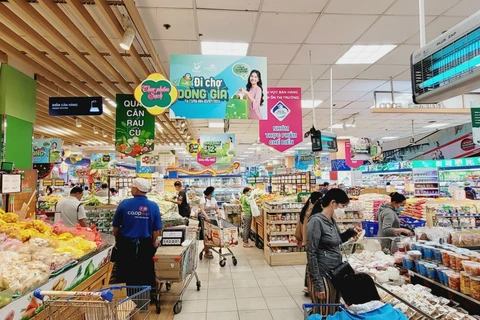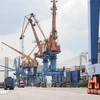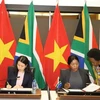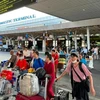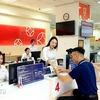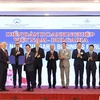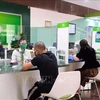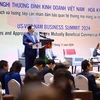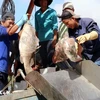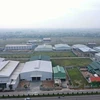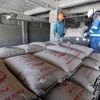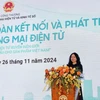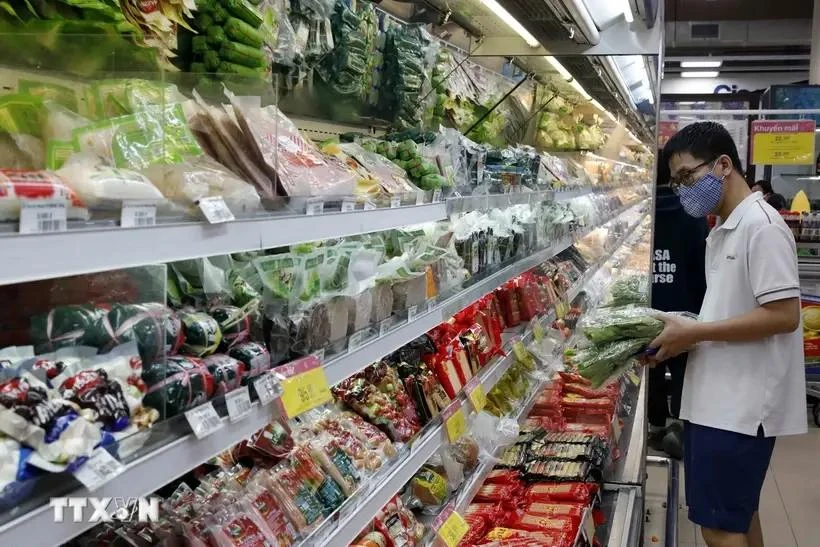
Hanoi (VNA) – Prime Minister Pham Minh Chinh on November 26 ordered the continuation of developing the domestic market and boosting consumption in the remainder of the year.
In his dispatch, the Government leader highlighted the need to carry out rational measures to increase the aggregate demand, stimulate domestic consumption, and promote trade and investment, stressing efforts must be exerted for a recovery from Typhoon Yagi to stabilise local livelihoods and resume production and business activities while accelerating the disbursement of public investment.
He ordered ministers, leaders of ministerial-level agencies, the Chairpersons of the People’s Committees of provinces and centrally-run cities, associations, and businesses to review and prioritise the implementation of measures to remove hurdles in the disbursement of public capital and credit packages as well as policies to attract social resources to carry out consumption stimulus programmes and related missions.
The Minister of Industry and Trade was asked to continue direction on implementing harmonious market supply and demand regulating measures as well as consumption stimulus policies, along with stepping up trade promotion work, and providing market information and legal consultation for small- and medium-sized enterprises.
The Minister of Finance was directed to carry out a suitable expanded fiscal policy to promote growth, stabilise the macro economy, and ensure major balances. Additionally, he should join hands with the Ministry of Industry and Trade to study ways for strictly controlling imports through e-commerce channels, ensuring compliance with Vietnam’s international commitments.
The key responsibilities of the Governor of the State Bank of Vietnam included managing the monetary policy in a flexible, effective, and timely manner, developing credit products and banking services, and creating favourable conditions for the people and businesses to access concessional loans to stimulate business activity.
The Minister of Agriculture and Rural Development must focus on green and safe production and join hands with competent sides to effectively carry out trade promotion programmes and develop brands for agricultural products.
As for the Minister of Construction, he was asked to direct the development of mechanisms and policies to encourage building material consumption and work closely with relevant sides to remove hinderances for realty projects.
The Government leader ordered the Minister of Culture, Sports and Tourism to boost tourism development with innovative offerings and the Minister of Planning and Investment to better the investment and business climate.
In the meantime, leaders of local administrations and industry associations were urged to improve traditional and modern distribution channels, strengthen inter-regional logistics connections, keep a close watch on market developments, and handle challenges for businesses.
Deputy Prime Minister Bui Thanh Son is responsible for directing the implementation of the official dispatch./.


